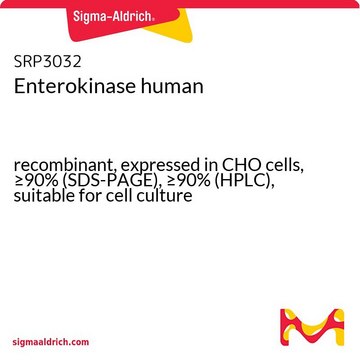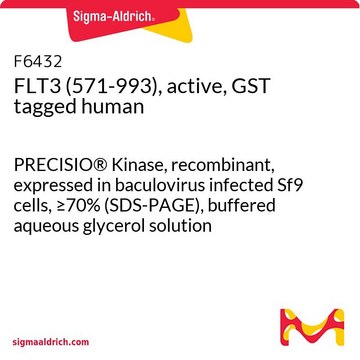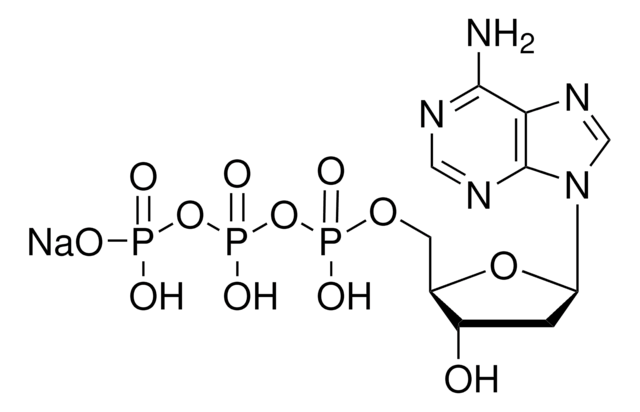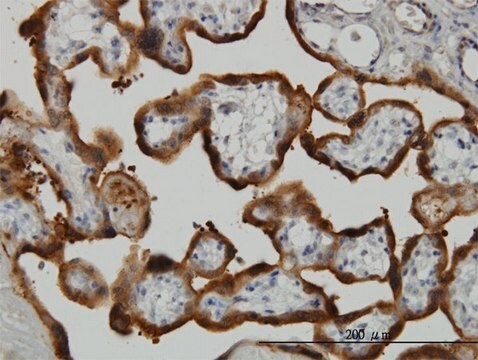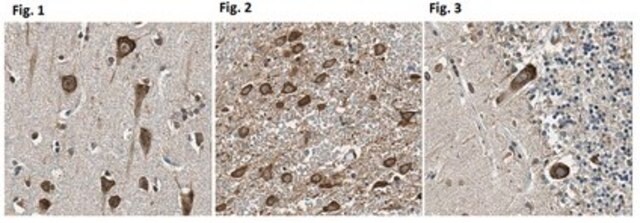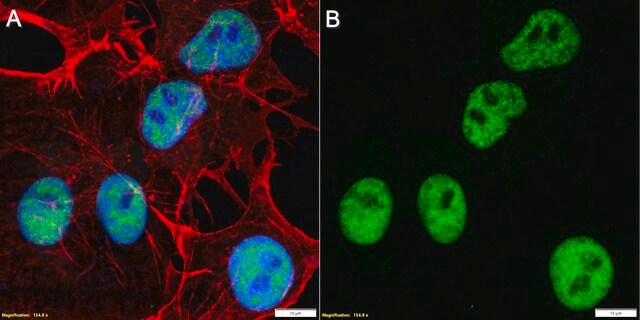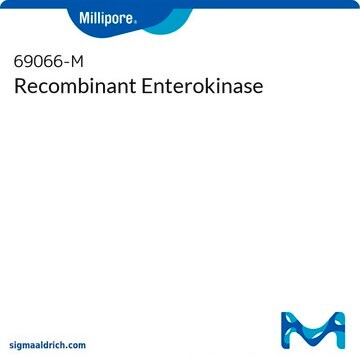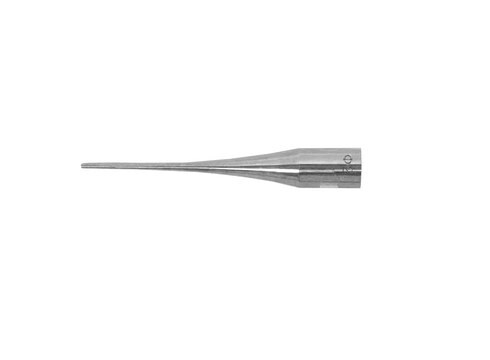ABE2901
Anti-Dcp2
serum, from rabbit
Synonym(s):
m7GpppN-mRNA hydrolase, EC:3.6.1.62, Nucleoside diphosphate-linked moiety X motif 20, Nudix motif 20, mRNA-decapping enzyme 2, hDpc
About This Item
Recommended Products
biological source
rabbit
antibody form
serum
antibody product type
primary antibodies
clone
polyclonal
species reactivity
mouse, human
packaging
antibody small pack of 25 μL
technique(s)
western blot: suitable
isotype
IgG
NCBI accession no.
UniProt accession no.
target post-translational modification
unmodified
Gene Information
human ... DCP2(167227)
General description
Specificity
Immunogen
Application
Epigenetics & Nuclear Function
Western Blotting Analysis: A representative lot detected Dcp2 in Western Blotting applications (Castellanos-Rubio, A., et. al. (2016). Science. 352(6281):91-5; Li, Y., et. al. (2012). Mol Cell Biol. 32(6):1164-72; Jiao, X., et. al. (2006). Mol Cell. 24(5):713-22; Li, Y., et. al. (2008). Mol Cell Biol. 28(3):939-48; Song, M.G., et. al. (2010). Mol Cell. 40(3):423-32; Li, Y., et. al. (2012). Mol Cell Biol. 32(6):1164-72).
Quality
Western Blotting Analysis: A 1:500 dilution of this antibody detected Dcp2 (NUDT20) in lysate from 293T control knockout cells, but did not react with Dcp2 knockout 293T cell lysate.
Target description
Physical form
Storage and Stability
Other Notes
Disclaimer
Not finding the right product?
Try our Product Selector Tool.
Certificates of Analysis (COA)
Search for Certificates of Analysis (COA) by entering the products Lot/Batch Number. Lot and Batch Numbers can be found on a product’s label following the words ‘Lot’ or ‘Batch’.
Already Own This Product?
Find documentation for the products that you have recently purchased in the Document Library.
Our team of scientists has experience in all areas of research including Life Science, Material Science, Chemical Synthesis, Chromatography, Analytical and many others.
Contact Technical Service

